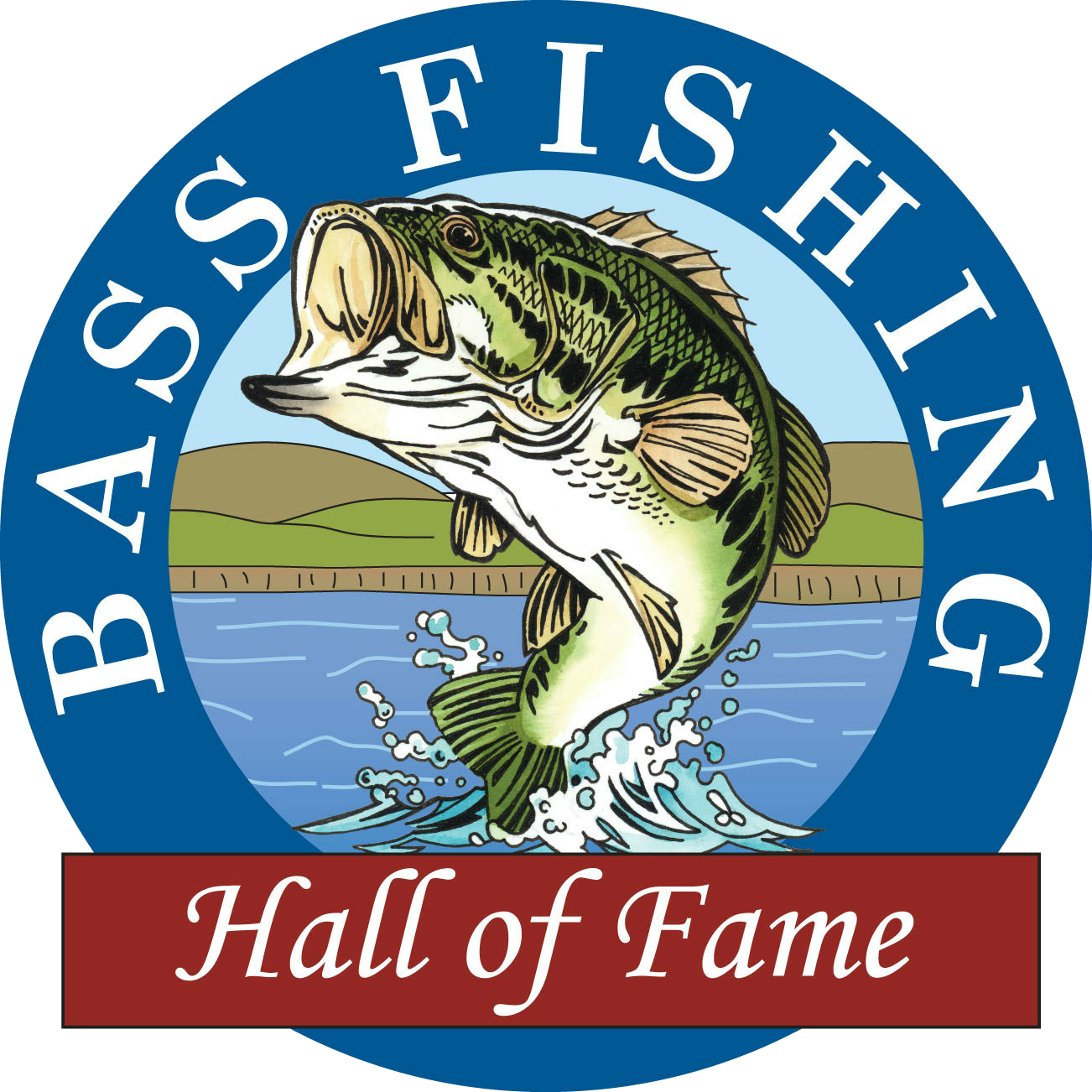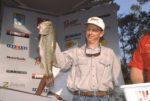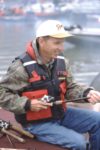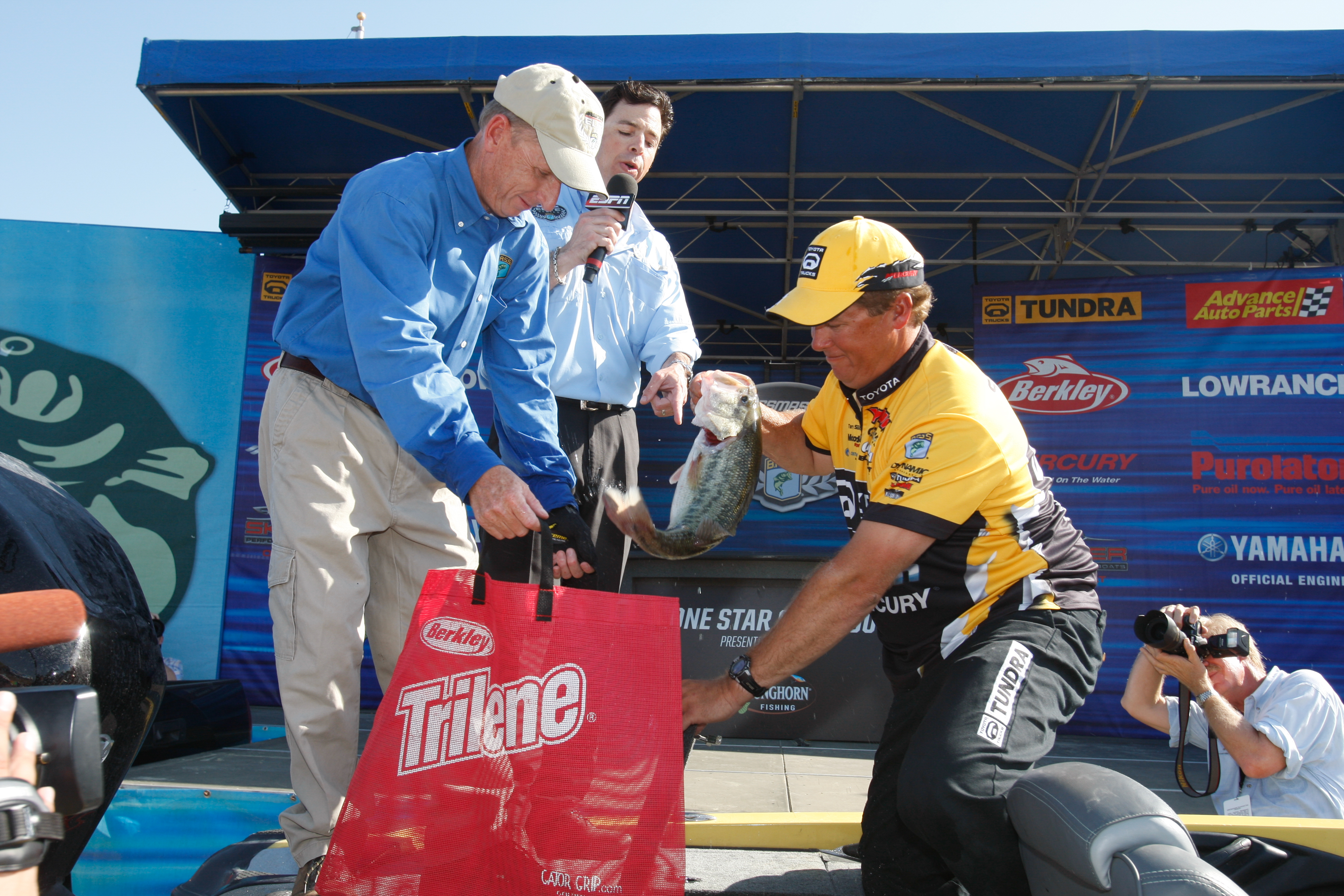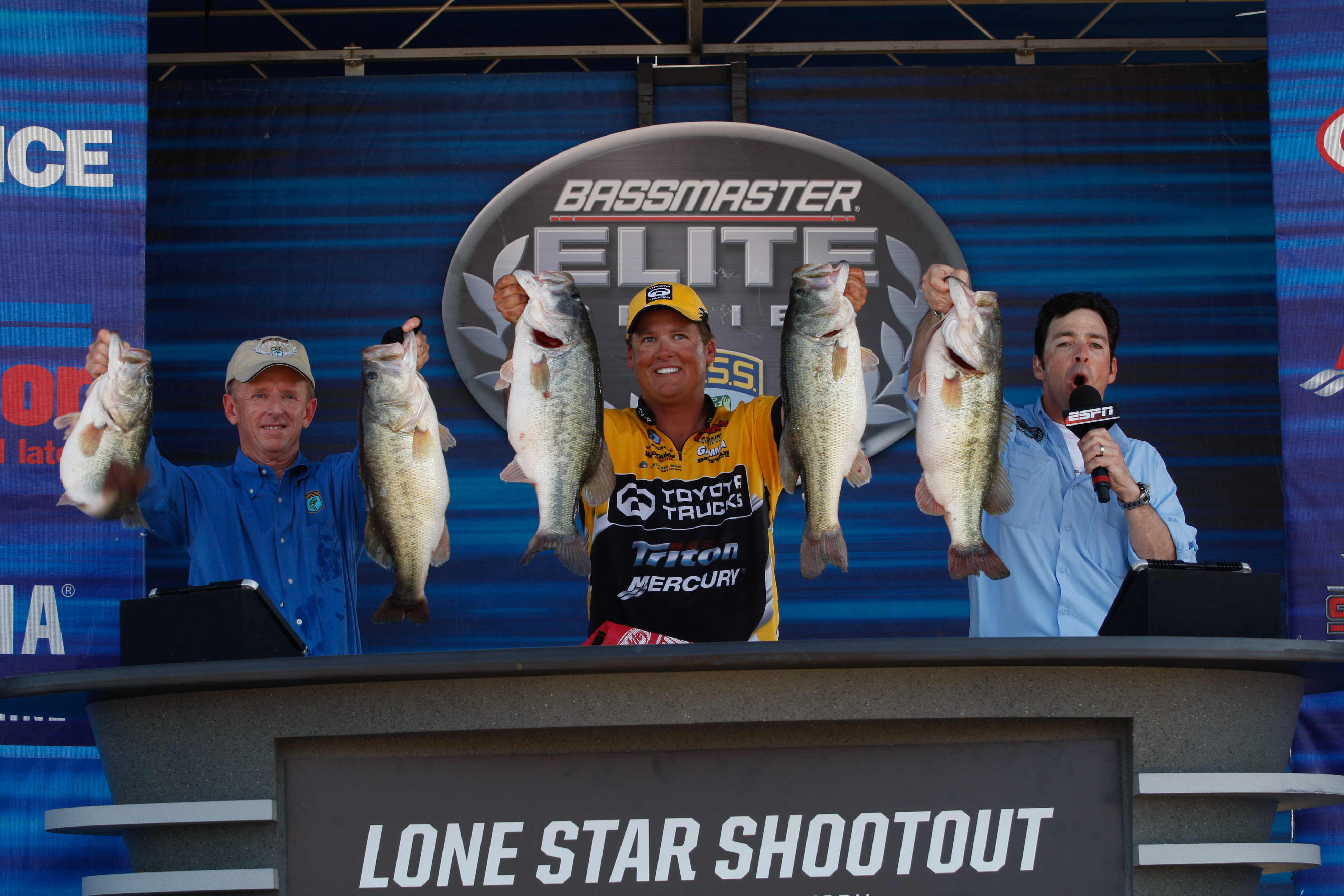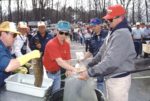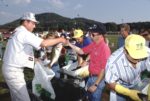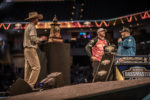Steve Quinn
Steve Quinn — Steve Quinn has been involved in the fishing industry and outdoor writing for 35 years, including 30 years as an editor at In-Fisherman Magazine. He combined science, media and communication to promote bass fishing and conservation across the continent. In 1989 he published the first scientific paper to demonstrate that voluntarily releasing largemouth bass clearly led to improvements in the quality of fishing. He has been on numerous committees of the prestigious American Fisheries Society (AFS). Quinn authored hundreds of popular articles and over 50 scientific publications. He has given countless seminars across the country and been active in tournaments for decades. Quinn is the only author to receive writing awards from both Outdoor Writer’s Association of America and AFS as well as receiving the Award of Excellence from the Fisheries Management section of AFS.
Steve Quinn
Aaron Martens – After a storied career on numerous Western circuits, Aaron Martens qualified for the Bassmaster Top 150 tour through the Bassmaster Western Opens, and subsequently fished on various iterations of that tour, including the Bassmaster Elite Series, from 1999 through 2018. Along the way he qualified for and competed in 20 Bassmaster Classics, finishing in the top 10 on nine occasions, including four runner-up finishes. He won three AOY titles and nine Bassmaster tournaments.
During his more than two decades at B.A.S.S. he won more than $3 million. In addition to competing with B.A.S.S., Martens also fished the FLW Tour from 2001 through 2006 and qualified for the Forrest Wood Cup three times. In 2003 he won a tour event on Wheeler Lake, and the following year he won at Champlain. He later fished the Major League Fishing events, and left B.A.S.S. to compete on the Bass Pro Tour circuit in 2019. Many of Martens’ most meaningful innovations came using light line techniques. At the 2004 Classic on Lake Wylie, in which he finished second to Takahiro Omori’s last-minute charge, he brought several obscure lures from the 1970s back to life , including Scroungers and “horsey heads.”. He is perhaps best known for his prowess with and reliance upon the drop-shot technique. He tirelessly worked to refine both finesse and big bait techniques and was noted for his tackle-tinkering and perfectionism. He was also a conduit between Japanese innovators and the U.S. bass scene, and at times was sponsored by various Japanese companies including Megabass, Duo Realis, Sunline and Shimano.
Aaron Martens
Dewey Kendrick – Dewey Kendrick served as the Tournament Director of the Bass Anglers Sportsmen Society from 1986 until 2002, and during that time spearheaded and implemented many critical changes in the evolution of professional tournament fishing. Those included: the addition of the Pro-Am format (angler/co-angler) at the highest level of the sport; the conservation-minded change to a five-bass limit; the rule that all sight fish must be hooked in the mouth; the increased horsepower limit from 150 to 250; and perhaps most notably, taking the circuit outside of its previous range, to unconventional and urban locations not previously known for bass fishing, such as Hartford, Connecticut, and Detroit, Michigan.
Kendrick’s tenure also saw the maturation of the Bassmaster Classic with the addition of the outdoor expo, indoor weigh-ins, and fan-friendly take-offs. He worked closely with Bob Cobb to elevate the profile of “The Bassmasters” television program on TNN. During his time as TD, Kendrick was known as a strict rule enforcer with a great tremendous work ethic. His leadership positioned BASS to become an acquisition target for sports behemoth ESPN.
Dewey Kendrick
Kathy Fennel – Kathy Fennel has been a key figure on the tournament bass fishing scene since joining Operation Bass in 1982, steadily rising through the ranks to become one of the most influential people in the fishing industry. Her strength and experience were recognized by Fishing League Worldwide (FLW) in 1996 when she was promoted to operations manager. The following year she was appointed vice president of operations, and in 2004 she was promoted to executive vice president and chief operating officer. Fennel then became president of operations in 2010, a position she held until MLF acquired FLW in the fall of 2019.
As an executive vice president & general manager for MLF, Fennel oversees day-to-day operations for the world’s largest lineup of bass tournaments, making sure the organization continues to provide prestigious, well-organized events of which participants, fans, hosts and sponsors are proud to be a part of.
Fennel is a 2015 inductee into the Fresh Water Fishing Hall of Fame and a member of the USAngling board of directors and the Recreational Boating and Fishing Foundation (RBFF) board of directors. She also serves on the Kentucky Lake Convention and Visitors Bureau board of directors and Kentucky Lake Economic Development board of directors as vice-chairman. Fennel grew up fishing on Kentucky Lake and attended Murray State University. She enjoys spending time in the outdoors with her son Daniel, his wife Amanda, and her grandchildren, Jake and Jude.
Kathy Fennel
Tommy Biffle — In his 34-year career as a professional angler, Tommy Biffle of Wagoner, Okla., has become one of the leading money winners in professional fishing, amassing more than $3 million, including almost $2.3 million with B.A.S.S. Biffle is considered one of the best on any tour at flipping and pitching a jig into shallow cover, and he is credited with introducing the pitching technique to the sport. In 2010 he developed a technique known as “bottom buggin’,” which employs his signature Biffle Bug creature bait paired with a Biffle Hardhead hinged jighead. He won eight Bassmaster tournaments and qualified for 19 Bassmaster Classics and eight FLW Cups, finishing runner-up in two Classics and three Cups. He currently competes in MLF events, and he also stays active in promoting tournament fishing, children’s derbies, water safety, fish care and high school and college fishing.
Tommy Biffle
Trip Weldon — Trip Weldon — In the 50-plus-year history of B.A.S.S., there have only been three tournament directors: Harold Sharp, Dewey Kendrick and Henry Howard Weldon III — better known throughout the sport of bass fishing as “Trip.” Weldon retired at age 65 in February 2021, capping almost 20 years as B.A.S.S. tournament director and 31 years as a Tournament Department employee.
Weldon earned a widespread reputation as a fair but firm tournament director whose two main priorities were maintaining the integrity of the sport and ensuring the safety of anglers. Both goals required him to make extremely tough calls, but even professional anglers whose careers were affected by his decisions to disqualify catches or cancel competition days expressed respect for Weldon’s decision-making.
His three decades in the B.A.S.S. Tournament Department witnessed monumental changes in the sport, including the advent of the pro-am tournament format (a game-changer he credits to Kendrick, his predecessor), the first female anglers to qualify for the Classic, and the success of competitions among youth, high school and college anglers.
“The biggest change I’ve seen is how good the young anglers have become,” he said. “I credit this to improvements in technology, obviously, but also to the development of Bassmaster High School and College series.” Importantly, those programs are under the leadership of Weldon’s son Hank, who was himself a collegiate angler on the University of Alabama team.
Trip Weldon was the main impetus behind the creation of the Bassmaster Elite Series in 2006. Like golf’s PGA, the Elite Series was the first major tour requiring competitors to qualify into it and to continue to perform in order to maintain their Elite status. What’s more, Elite Series pros no longer had to share a boat with another angler, enabling them to prove their own abilities to find and catch bass without any help or hindrance from a co-angler.
Even before going to work for B.A.S.S., Weldon was a bass-fishing junkie, serving as a volunteer camera-boat driver during the 1981 Bassmaster Classic in Montgomery, Alabama, and other tournaments near his home in Alabama. Like most Bass Fishing Hall of Fame members, he is grateful for being able to spend so many years in his dream job. However, his childhood goal wasn’t to weigh fish, but to catch them.
“At first, I guess I wanted to be a professional angler,” he recalls. “I grew up just two blocks from the original B.A.S.S. headquarters in Montgomery, so I was always drawn to the organization.” In a short career on the tournament trails, Weldon won an Everstart event on Lake Martin, Alabama, and placed second in a B.A.S.S. event on that lake. He also won three BFL tournaments and a Red Man Regional on Kentucky Lake, and he had two Top 5 finishes in the Red Man All-American tournaments at Lake Havasu, Arizona, and the Arkansas River, Arkansas.
To finance his tournament career, Weldon first went to work as an “agent operator” for the CSX rail company. That’s the same job Sharp left to become the first tournament director at B.A.S.S. Not coincidentally, both men demonstrated a knack for ensuring that tournament operations ran smoothly and on time.
After a brief stint selling bass boats, Weldon went to work for B.A.S.S. in July 1991, beginning with the Bassmaster Classic on the Chesapeake Bay out of Baltimore. “That was KVD’s first Classic,” Weldon noted.
During a little more than 10 years as assistant tournament director, Weldon earned the respect and confidence of the tournament pros. At his first meeting with the anglers after being named tournament director in 2002, the pros gave him a standing ovation.
- commonwealth
